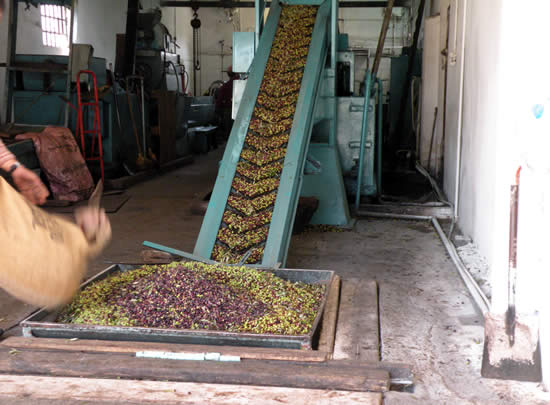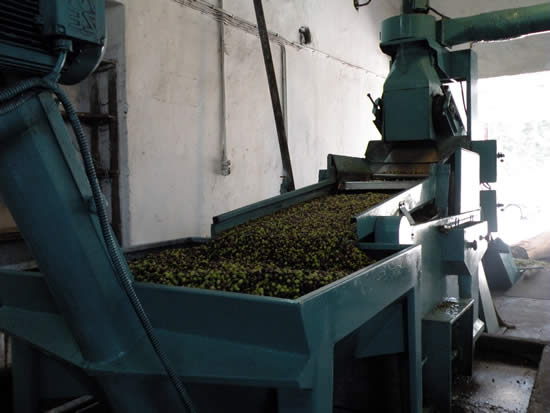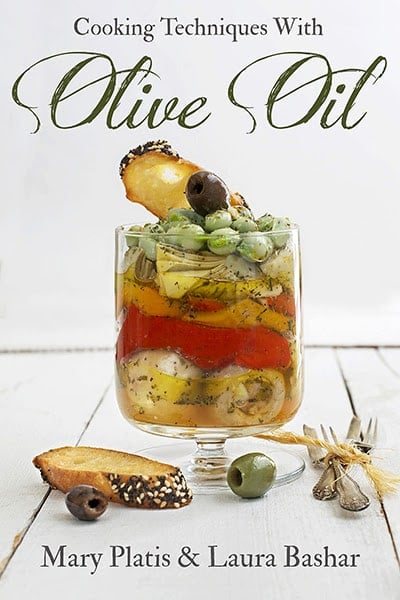Time for Olive Oil
Visiting Greece for the first time several years ago, I was encouraged to sit down and begin my blog. Being raised in a large Greek community in southern California, my experiences as a first generation American-Greek girl were beyond normal, and definitely memorable. As I became a mother of three, it was then that I realized these stories, recipes, and travels should be documented for our next generation.
During my travels to Greece, I happen to visit my husband’s family island of Kythera. Here, we experienced the olive oil season from the local farmers to the gathering of the olives in potato-sack-like bags, to the hundred year old processing mill in town. That is where I discovered the taste of pure organic extra-virgin olive oil as it finest. It had a clean, buttery, and smooth taste with the warm heat producing that scratchy feeling down your throat as you began to swallow. Heaven. We woke up every day to the smell of the freshly milled olives permeating the morning air on this ancient island.
As we left the island to head home, I gathered preserves, herbs, fabrics — and a large tin can of Kythera’s olive oil, wrapped tightly in fabric and blankets in my suitcase. I cherished and shared that wonderful olive oil with friends and family for months in my traditional recipes that I had gathered over the years.
Without this trip to Greece, I couldn’t have written this article and truly know the meaning and attributes of an organic, extra-virgin olive oil.
Not All Olive Oils Are Created Equal
It couldn’t be a better time than this to reconsider the brand of extra-virgin olive oil you use in your kitchen. UC Davis just released a new study [PDF], conducted in April of 2010, showing the results of several different brands of extra-virgin olive oils and how they ranked according to their panel’s chemistry and taste standards.
In a nutshell this is what they found:
- Many extra-virgin olive oils contained cheaper canola oils, seeds, and nuts.
- They were exposed to elevated temperatures, light, and aging which produced oxidation.
- Poor quality extra-virgin olive oil was made from damaged, overripe olives.

So, Let’s Go Shopping!
- Look for the USDA or CCOF Certified Organic labels.
- Shop brands with International Olive Oil Council certification.
- Buy extra-virgin olive oil from California with the California Olive Oil Council seal.
- If you have special dietary needs, look for KOSHER or VEGAN
seals. - Here are a few more extra-virgin olive oil labels to know.
- Shop with local olive oil producers, if possible.
- Purchase from estate-produced extra-virgin olive oil companies from here and abroad.
- Find reliable stores in your community that you can trust.
How to Keep your Olive Oils Safe
- Buy small bottles of your favorite extra-virgin olive oil.
- Store your bottle in a cool, dark location in an airtight container.
- Do not cook with your extra-virgin olive oil over 400 degrees.
- Use up your extra-virgin olive oil within 12 weeks.
- Occasionally smell your extra-virgin olive oil for rancidity.
Become Smart Consumers
- Attend local county fair olive oil competitions.
- Go online and find reliable sources to read (Olive Oil times).
- Attend food shows in your areas (Natural Food Show or Fancy Food Show).
- Shop your farmers markets for local producers.
- Join food organizations to stay current (Slow Foods, Organic Consumers).
- Pick up a copy of Edible in your community for local sources.
Do you LOVE to Cook? Pick up my new cookbook, “Cooking Techniques with Olive Olive”.

Mary Platis’ Cookbook
We teach you not only how to cook with olive oil, but included desserts, drinks and tips on preserving.
Gear up Your Taste Buds
- Attend extra-virgin olive oil tastings to become familiar with all the different olive oil varietals.
- Learn about the three different styles of extra-virgin olive oil – Delicate, Medium, and Robust.
- Get to know the Positive Attributes of extra-virgin olive oil – Fruity, Bitter, Pungent
- A GOOD THING: Taste that burning sensation in extra-virgin olive oil, it’s a compound in oils which creates this sensation in the throat, and it has similar properties to anti-inflammatory compounds such as ibuprofen.

Four Steps to an Extra-Virgin Olive Oil Tasting Party
It’s easy to host an olive oil tasting party! Include at least 4-6 samples of various extra-virgin olive oils for your guests (along with artisanal, local breads, cheeses, dried fruit, and/or grapes for sampling).
Step 1: Pour a bit of oil in a wine glass. It should be at 70 degrees. Cover with your hand.
Step 2: Swirl the oil to release the aromas. Uncover and smell.
Step 3: Take a small sip of the oil, while also taking in a bit of air, using a slurping action.
Step 4: Swallow the oil. Notice if there is a peppery sensation.
Step 5: Discuss, then repeat with the other samples, and enjoy!
- 1 cup Extra-Virgin Olive Oil
- ½ cup Lemon Juice
- 1 Tbs. Dried Oregano
- 1 tsp. Salt
- ¼ tsp. freshly ground Pepper
- Marinate chicken, meat or pork for 30 minutes or overnight.
- Marinate fish for no longer than 15 minutes.
- For roasting vegetables, use according to quantity of vegetables.
References & Resources
California Tightens Olive Oil Labeling Rules
The Fight over Olive Oil Quality by Alexandra Devarenne – 2011





 Hello from California Greek Girl. I’m the owner of Ethos Culinary located in the beautiful city of Carlsbad. Join me as we explore California’s bounty of foods, farmlands, and culinary experts. I’m looking forward to bringing you Greek, Mediterranean and Plant-Forward Cuisines. OPA!
Hello from California Greek Girl. I’m the owner of Ethos Culinary located in the beautiful city of Carlsbad. Join me as we explore California’s bounty of foods, farmlands, and culinary experts. I’m looking forward to bringing you Greek, Mediterranean and Plant-Forward Cuisines. OPA!

